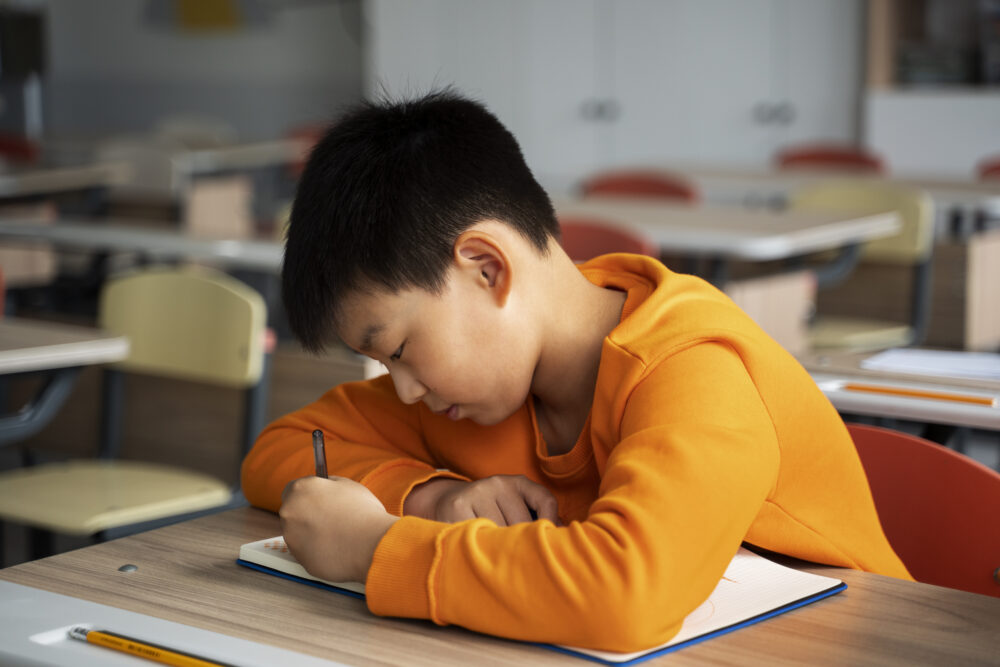While the DOE has made notable progress over the past five years towards ensuring that school-aged students with disabilities receive the services mandated by their Individualized Education Programs (IEPs) by the end of the school year, the latest annual report shows that troubling gaps remain. As a key example, the City is frequently out of compliance when it comes to serving students with disabilities who are learning English as a new language:
- 32% of English Language Learners (ELLs) who were referred and found eligible for special education for the first time last year waited more than two months for an IEP meeting to be held—and thus for additional supports to be put in place to help them learn.
- Just 36% of students who needed bilingual special education instruction (e.g., bilingual SETSS or a bilingual class) were fully served in 2021–22, while nearly two-thirds (64%, more than 3,100 students) did not fully receive their special education program. By comparison, 88% of all students with disabilities Citywide fully received their mandated instruction last year, while 12% were not fully served.
- 13% of students who needed bilingual speech therapy did not have a single session of this service last year, compared to 3% of those recommended for monolingual speech therapy. More than one in five students whose IEP mandated bilingual counseling (21%) never received this service, more than three times the rate for monolingual counseling (6%).
We appreciate that for the first time the DOE reported disaggregated data on bilingual special education instruction, as these statistics provide clear evidence that AFC’s on-the-ground experience reflects systemic problems: we often work with students whose IEPs recommend a bilingual special education class, but who have not been offered such a placement by the DOE.
“With the recent increase in the number of recently-arrived immigrant students, some of whom will be identified as having disabilities and will need bilingual special education services in the months ahead, it is more urgent than ever that the City address the longstanding shortage of bilingual service providers and bilingual special education teachers,” said Rita Rodriguez-Engberg, director of AFC’s Immigrant Students’ Rights Project.
Many of the districts that had particularly low compliance rates for bilingual related services last year are the same districts where asylum-seeking children and families are now concentrated, including district 2 in Manhattan and district 28 in Queens (where 40% and 39%, respectively, of students who needed bilingual speech therapy in 2021–22 never received it). As the City begins to negotiate new contracts for teachers and service providers, the time is ripe to ensure there are incentives in place to attract bilingual special education teachers and bilingual providers to the schools where they are most needed.

